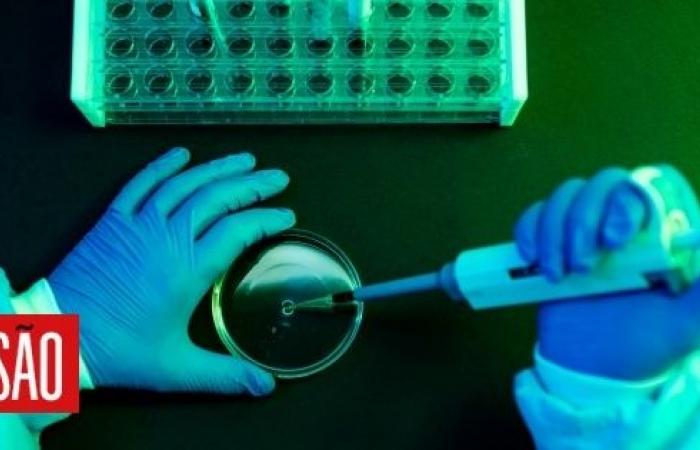The new year that is now beginning marks an important phase in cancer research, diagnosis and treatment. The last few decades, even with pandemics and other disruptive situations, have resulted in an almost widespread improvement in early detection, detailed molecular diagnosis and the emergence of more effective and – as a general rule – less toxic treatments for treating different types of cancer. One of the most recent and significant advances concerns the emergence of so-called “agnostic” drugs whose mechanism of action aims to block molecular changes that may be common to different cancers, instead of being used to treat cancer A or B. Within this group of drugs include different forms of immunotherapy, for example. In other words, therapies that can be used to treat different types of cancer, as long as they have common molecular characteristics. In addition to representing a change in scientific and medical paradigm, “agnostic” therapies are widely effective, even in the treatment of cancers that are usually aggressive and difficult to treat.
Regardless of the successful use of agnostic drugs, the truth is that the heterogeneity and biological diversity of cancer is one of the biggest challenges that researchers and clinicians have to manage. The evolution of cancer, under the effect of different therapies, can result in the selection of cellular and molecular characteristics (“clones”) that are progressively more difficult to treat. Knowing this biological and molecular diversity in detail is essential for monitoring therapeutic responses, for example. But beyond cancer diversity, host diversity has received increasing importance in recent years.
Recent studies published in the United Kingdom have shown that black men have a higher incidence of prostate cancer, while Asian individuals have a higher incidence of bowel cancer. The incidence of breast and skin cancer (specifically, melanoma) is higher in Caucasian people.
We talk about biological diversity, which impacts both the incidence of certain cancers and their clinical course. Obvious examples: the incidence of prostate cancer is restricted to males, while cervical cancer only affects females.
There are, however, recognized differences between male and female individuals, particularly in the involvement of the immune system and the response to drugs that act at that level. Recent studies demonstrate precisely the existence of differences in the immune system between male and female patients with glioblastoma (brain tumor). But there are biological differences, often associated with socioeconomic differences, that have been recognized as having an impact on the development of cancer and its progression (including a better or worse therapeutic response). Specifically, differences in the incidence of certain cancers between Caucasian and black or Asian individuals (including those from South Asia and the Far East) reflect important biological differences. Thus, recent studies published in the United Kingdom have shown that black men have a higher incidence of prostate cancer, while Asian individuals have a higher incidence of bowel cancer. The incidence of breast and skin cancer (specifically, melanoma) is higher in Caucasian people. There is an immediate suggestion of certain behaviors, particularly in terms of diet and the microbiome of affected individuals, which may explain the higher incidence of certain cancers. But what has been progressively recognized is the worse “outcome” among people of different ethnicities, when diagnosed with “the same type of cancer”. Recent American studies have shown that the mortality of black people with cancer is significantly higher than that of Caucasian or Asian individuals (and, in the case of the USA, also populations known as “Latinos”). Higher mortality naturally reflects a series of factors, which have been widely discussed by the scientific and medical community. This important difference in mortality may actually reflect: less access to advanced care, including early diagnosis and innovative, more effective treatments; biological differences relevant to cancer progression (immune system, metabolism, microbiome, among others); cultural aspects (less participation in screenings, for example). In all studies, an important warning is made: it is necessary to distinguish biological aspects from those that have a socioeconomic basis. To achieve this, more studies and higher quality studies are being carried out.
At a time when cancer diagnosis has been the target of important technological advances and when more and better drugs have been discovered and developed with important clinical success, it is important to explore the diversity of cancer, but also of the host.
After all, there is no “one cancer” but rather a multitude of cancers, with the corresponding complexity increased by their hosts.
The texts in this section reflect the personal opinion of the authors. They do not represent the VISION nor reflect its editorial positioning.
Tags: Cancer diversity evidence importance
--





